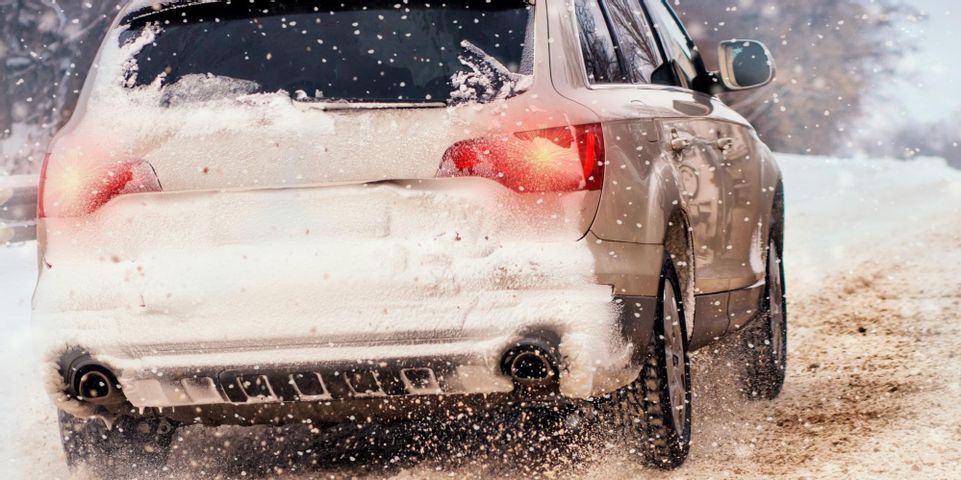
Thanks to differences in temperature and weather, summer and winter produce unique road conditions. To cope with snowy or icy surroundings effectively, it's essential to change to winter tires—especially in Alaska, where winters are so long-lasting. Winter tires have tread patterns designed for snow and slush, not dry roads. If you haven't changed your tires for winter weather, do it now and enjoy the major benefits listed below.
Why Should I Use Winter Tires?
1. Traction
 In cold weather, the rubber on your summer tires hardens, causing the treads to slip against the road surface. Winter tires are made from a slightly different material, which stays flexible for better traction. Combined with the tread patterns, the result is better turning and braking power on snow and ice, giving you control and preventing accidents.
In cold weather, the rubber on your summer tires hardens, causing the treads to slip against the road surface. Winter tires are made from a slightly different material, which stays flexible for better traction. Combined with the tread patterns, the result is better turning and braking power on snow and ice, giving you control and preventing accidents.
2. No Hydroplaning
Hydroplaning occurs when a thin layer of water forms in front of and under your tires, causing your car to slide. This is particularly common in winter due to partially melted snow. The deep grooves in winter tires are actually designed to grab water and move it out from under the tire, which will help you recover faster if you’re hydroplaning.
3. No Getting Stuck
With summer tires, a car can easily get stuck in a snowdrift. In that situation, gunning the engine will only make the wheels slip and spray snow. With the deep tread and specialized patterns of winter tires, you have the best chance to get a firm grip on the snow and get out of the drift.
For help choosing winter tires, visit Northwest Auto Parts in Anchorage, AK. This affordable and reputable salvage yard offers a full selection of car parts, all from whole, titled vehicles. In business since 1981, they have built a reputation for ethics, low prices, and excellent customer service. For questions, call (800) 770-6531 or reach out online.
About the Business
Have a question? Ask the experts!
Send your question

